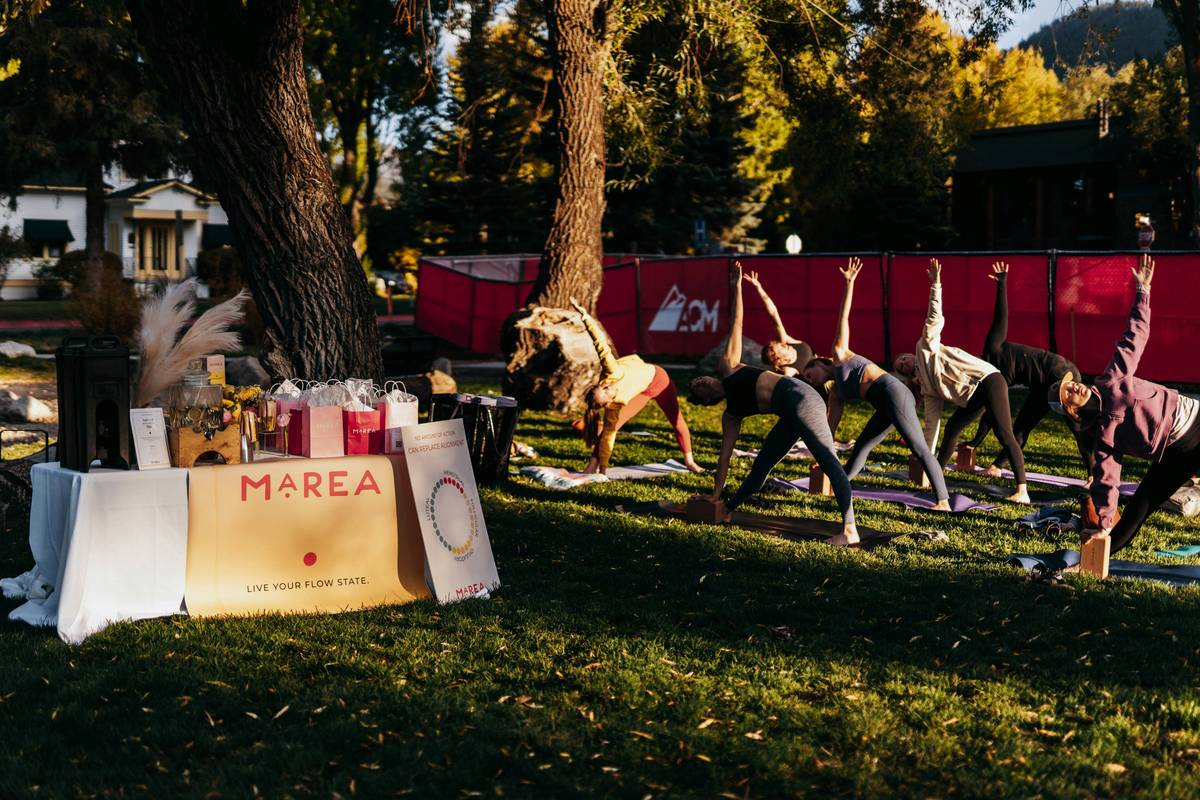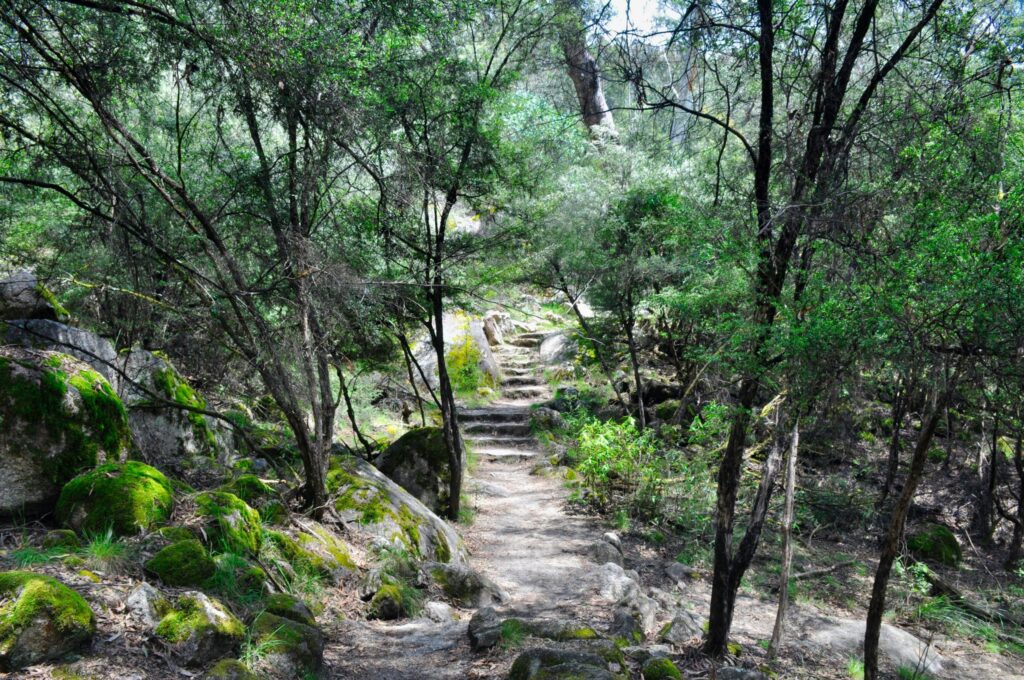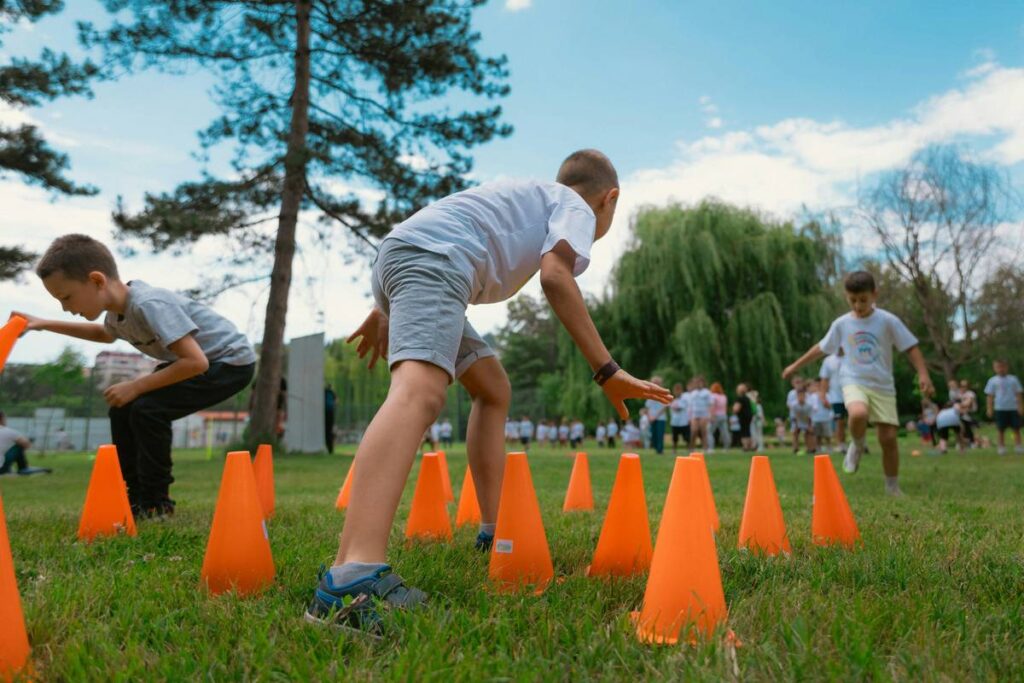Ever stared at a treadmill and thought, “There has GOT to be a more exciting way to lose weight?” You’re not alone. The gym grind can feel soul-sucking—literally. But what if I told you there’s a way to burn calories AND breathe in fresh mountain air? Enter: hiking. Specifically, hiking as your secret weapon for weight loss. In this post, we’ll answer all your burning Nature Walk FAQs, break down myths, and give you actionable tips to get started.
You’ll discover:
- Why hiking is the ultimate fat-burning hack (it’s science-backed).
- The surprising mental health perks of nature walks.
- A step-by-step guide to incorporating hikes into your routine.
Table of Contents
- Key Takeaways
- Why Hiking Burns More Calories Than You Think
- Step-by-Step Guide to Start Hiking Today
- Hiking Tips and Best Practices
- Real-Life Success Stories
- Nature Walk FAQs Answered
Key Takeaways
- Hiking burns between 400-700 calories per hour, depending on terrain and intensity.
- It combines cardio and strength training, making it highly effective for weight loss.
- Nature walking reduces stress hormones like cortisol, which aids in weight management.
- Start small—even a 30-minute trail hike counts toward your fitness goals!
Why Hiking Burns More Calories Than You Think
Picture this: you lace up your boots, grab a water bottle, and hit the trail. Suddenly, you’re climbing uphill, dodging rocks, and navigating uneven paths. This isn’t just a stroll through Instagram-worthy landscapes—it’s an intense full-body workout. Studies show that hiking can burn anywhere from 400 to 700 calories per hour, especially when tackling steep inclines or rugged terrains.
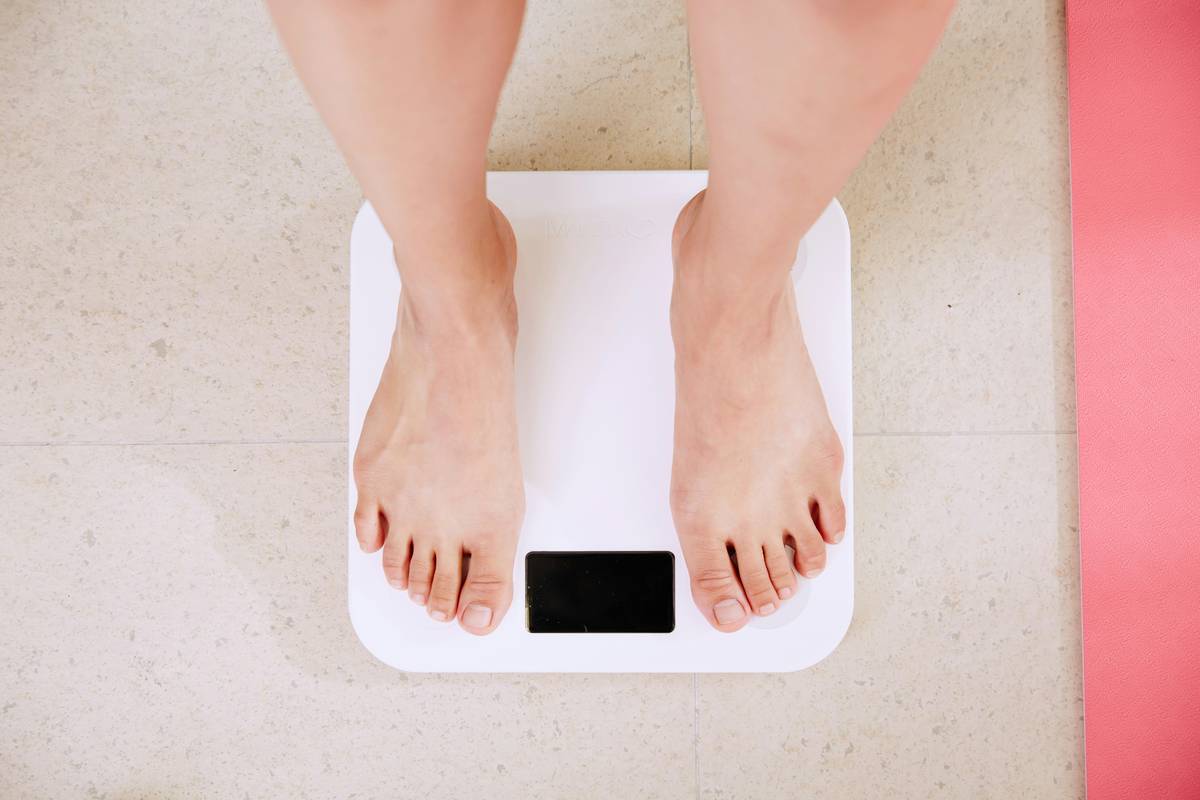
But here’s the kicker—it’s NOT just about shedding pounds. Lowering your cortisol levels during a serene forest walk helps curb cravings and emotional eating. And don’t underestimate the power of unplugging from screens while soaking up vitamin D.
Confessional Fail: A few years ago, I tried to conquer a “moderate” hike without any preparation. Let’s just say my legs felt like jelly the next day, and I couldn’t sit down properly for a week. Lesson learned? Always prep!
Step-by-Step Guide to Start Hiking Today
Step 1: Choose the Right Trail
Optimist You: “Let’s start with something easy!”
Grumpy You: “Fine—but only if it involves zero bears.”
No matter where you live, apps like AllTrails make finding beginner-friendly trails a breeze. Filter by difficulty, length, and elevation gain. For beginners, stick to trails under 5 miles with minimal elevation change.
Step 2: Gear Up Properly
You don’t need fancy gear to start hiking, but having the right essentials matters:
- Comfortable shoes with good grip.
- Lightweight clothing suited to the weather.
- A reusable water bottle—you’ll thank me later.
Step 3: Safety First
Tell someone where you’re going (yes, even if it’s just a short loop). Bring snacks, sunscreen, and a first aid kit. Oh, and avoid slick rocks—they’re slippery AF.
Hiking Tips and Best Practices
Want pro-level results? Here are some battle-tested tips:
- Ramp Up Gradually: Don’t go straight for Everest; build endurance over time.
- Mix It Up: Alternate flat trails with hills to challenge your muscles.
- Focus on Form: Keep your core engaged and take shorter steps on steep climbs.
- Stay Hydrated: Dehydration ruins everything—including your hike.
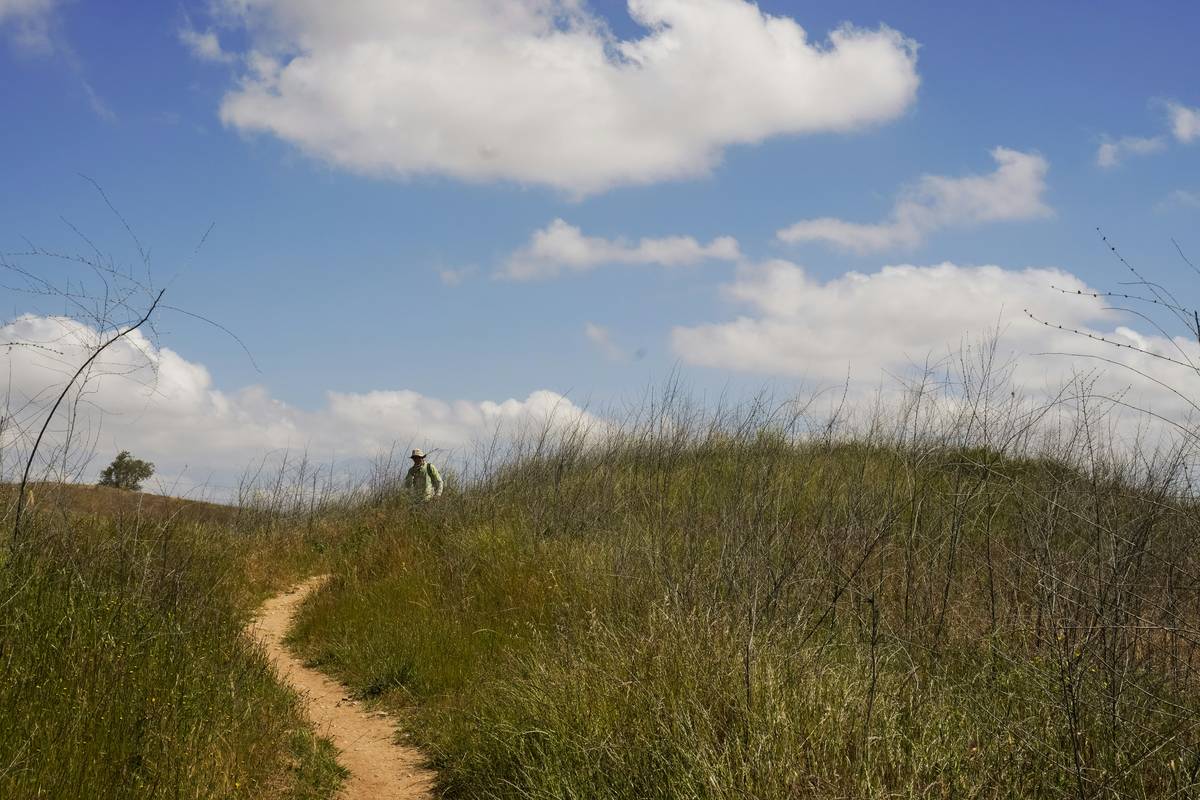
Brutal Honesty Alert: Skipping warm-ups is one of the worst things you can do before hitting the trails. Yes, it’s boring. No, I’m not sorry. Do those stretches or face the wrath of sore muscles tomorrow.
Real-Life Success Stories
Jane lost 40 pounds by swapping her daily Netflix binge sessions for weekly hikes. She started with a local park and eventually worked her way up to summiting Pikes Peak. Her secret? Accountability. She joined a hiking group and made new friends along the way.
Then there’s Mark, who transformed his type-2 diabetes diagnosis into fuel for transformation. After incorporating three weekend hikes each week, he dropped two pant sizes and reduced his medication dosage significantly.
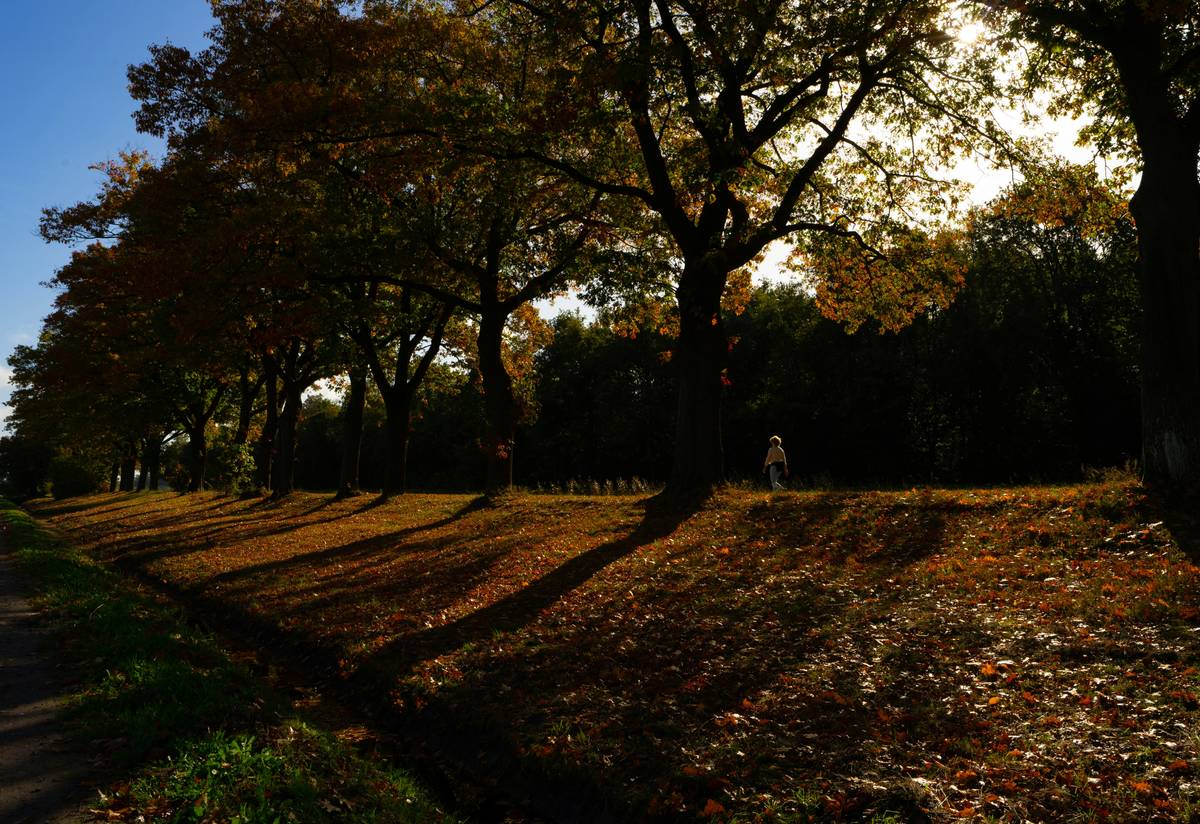
Nature Walk FAQs Answered
FAQ #1: How often should I hike for weight loss?
To see noticeable results, aim for at least two to three hikes per week. Consistency beats intensity every time.
FAQ #2: Can walking really help me lose belly fat?
Absolutely. Pair nature walks with a balanced diet, and watch that stubborn belly fat melt away.
FAQ #3: Is it safe to hike alone?
Yes—if you pick well-traveled trails and share your plans. Still nervous? Consider bringing pepper spray or a personal safety device.
FAQ #4: What happens if I hate hiking?
Not everyone loves it—and that’s okay. Try pairing it with music or audiobooks to stay entertained. Or experiment with other outdoor exercises like kayaking or cycling.
Conclusion
Hiking offers more than just physical benefits—it feeds your soul while torching calories. Whether you’re chasing aesthetic weight-loss goals or simply craving clarity, embracing nature walks could be the game-changer you’ve been searching for.
Ready to hit the trails? Bookmark this page, bookmark Nature Walk FAQs, and keep it handy for quick reference. Happy hiking!
“Like building SEO rankings, losing weight takes patience—but the payoff feels like reaching the summit.”
